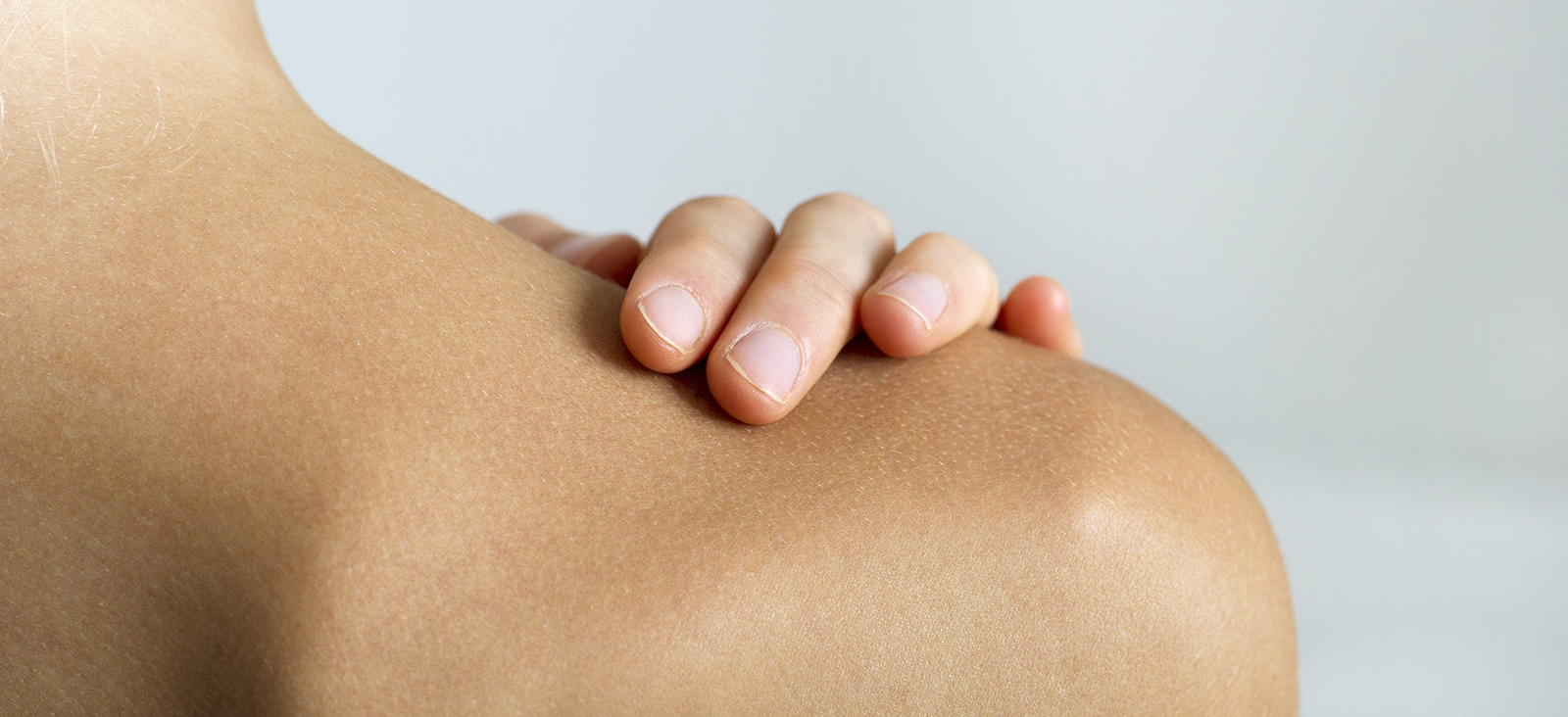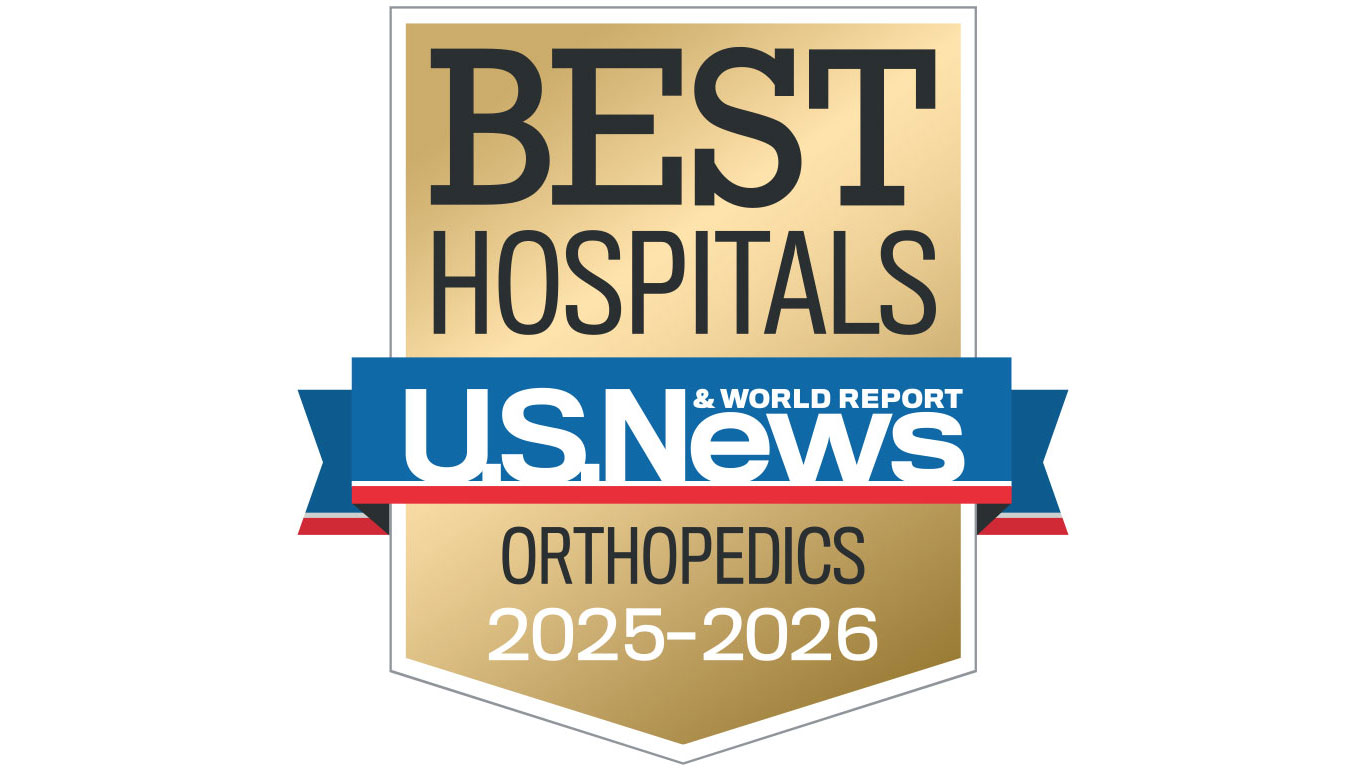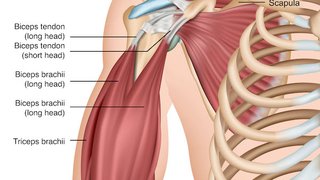Shoulder Injury Symptoms
Patients might need surgery to reconstruct or replace the shoulder joint because of symptoms such as:
- Severe pain
- Shoulder instability or tendency to dislocate
- Stiffness, swelling, and reduced range of motion
Diagnosing Shoulder Injuries
Our orthopedic specialists conduct a thorough evaluation, which includes a:
- Physical exam
- Discussion of personal and family medical history
- Discussion of symptoms
We use the latest diagnostic tests to understand the extent of damage or disease in the shoulder joint and view its location to determine if replacement surgery is the best course of action. We often order imaging tests such as:
- Computed tomography (CT) scans, specialized X-ray technology that takes cross-sectional images inside the body to produce 3D images
- Magnetic resonance imaging (MRI) scans, which use a large magnet and radio waves to produce detailed images of soft tissues such as ligaments, cartilage, and tendons
- X-rays to check for bone fractures and signs of wear or injury
Shoulder Injury and Pain Treatments
For people with shoulder injuries, pain, and other symptoms, we typically recommend conservative treatment first, such as medication and physical therapy. If these measures don’t relieve symptoms or if the condition is severe, we offer the latest surgical techniques for shoulder reconstruction or replacement.
For shoulder arthroplasty cases, our surgeons are also able to use a preoperative planning computer program that allows them to plan the surgery on a computer before going to the operating room. This shows them what implant and implant position would be best for an individual patient and enables them to predict the postoperative shoulder range of motion after the patient has gone through rehabilitation.
Surgical options include:
Shoulder reconstructive surgery
Our surgeons perform shoulder reconstruction for patients with moderate symptoms and conditions that don’t require joint replacement. In shoulder reconstructive surgery, we repair torn or stretched ligaments and other soft tissues to stabilize the shoulder joint and prevent future dislocations.
We use minimally invasive techniques whenever possible, but some patients need open surgery. Reconstructive surgical options include:
- Arthroscopy: Surgeons use a few tiny incisions to access the shoulder joint. We insert a small camera and instruments through the incisions to see inside the joint and repair tissues.
- Open surgery: We make one or sometimes more larger incisions to access the shoulder joint and make the repairs.
Total shoulder replacement surgery
People who have severe arthritis in the shoulder but whose rotator cuff tendons are intact (not torn) can benefit from total shoulder replacement surgery.
The shoulder replacement surgery replaces both the ball (head of the humerus) and socket (glenoid) parts of the shoulder joint. The new glenoid will be a plastic socket.
Reverse shoulder replacement surgery
We often recommend a different type of total replacement for people who have severe shoulder arthritis along with major rotator cuff tears or severe deformity with bone loss of the socket. A reverse shoulder replacement surgery also replaces both the ball and socket of the shoulder joint but switches their positions.
In this technique, our surgeons attach a metal ball to the shoulder socket and a plastic socket to the upper end of the humerus. A reverse shoulder replacement allows the patient to use an upper arm muscle rather than the rotator cuff to raise and move the arm.
Revision shoulder replacement surgery
In some people who have had previous shoulder replacement surgery, the artificial ball and socket components can wear down, become loose, or dislocate. In this situation, our surgeons perform a second shoulder replacement surgery to replace the artificial joint components.













